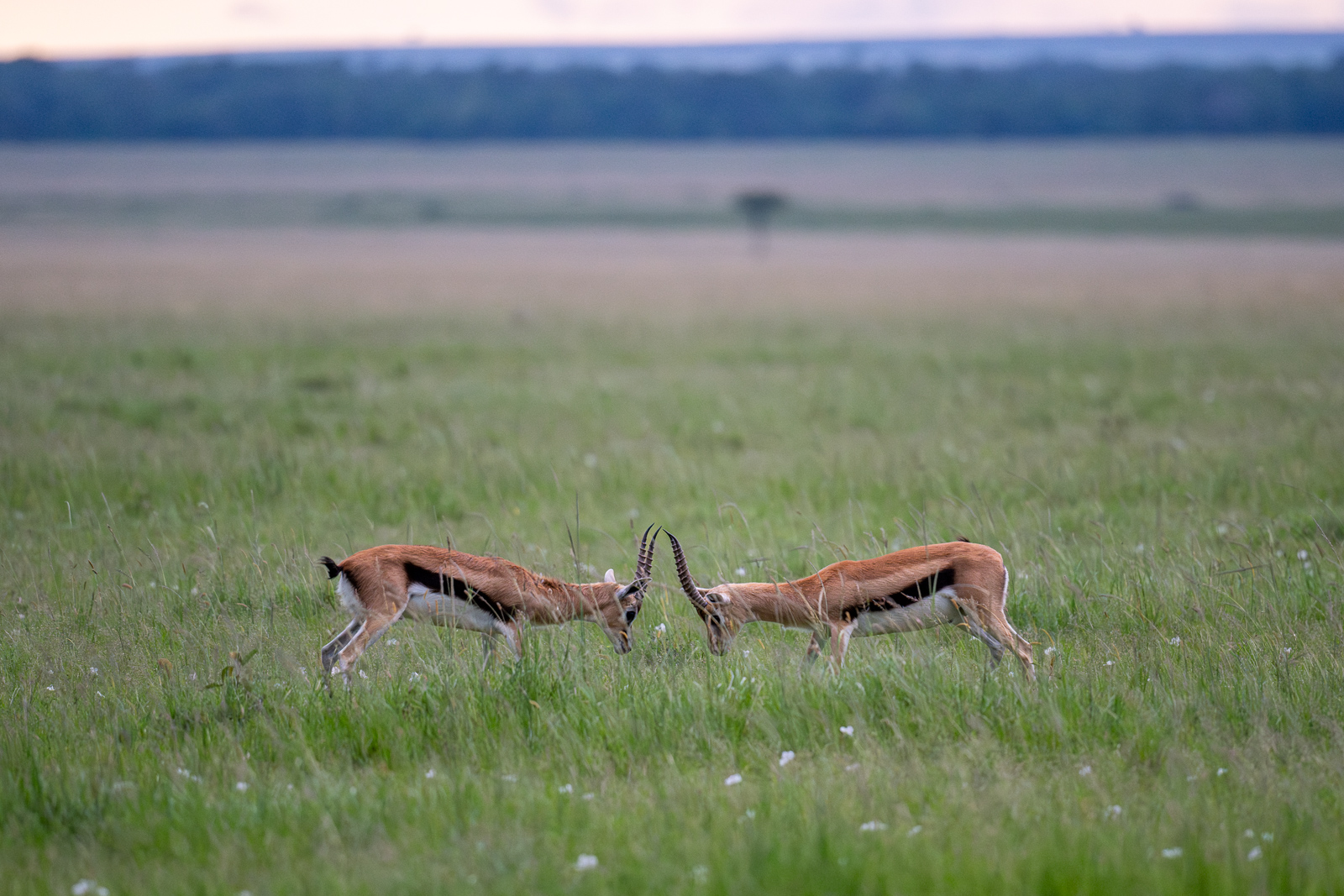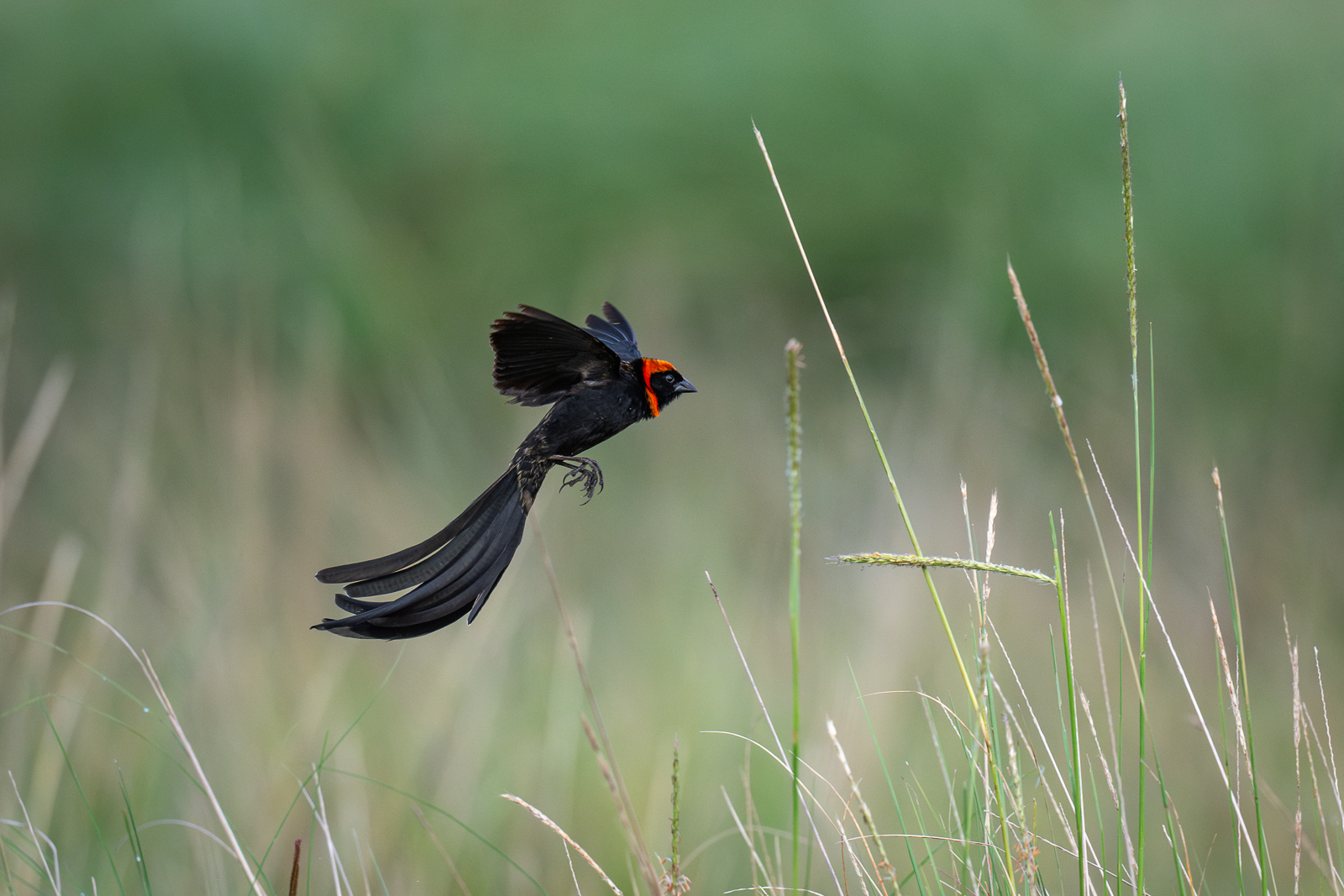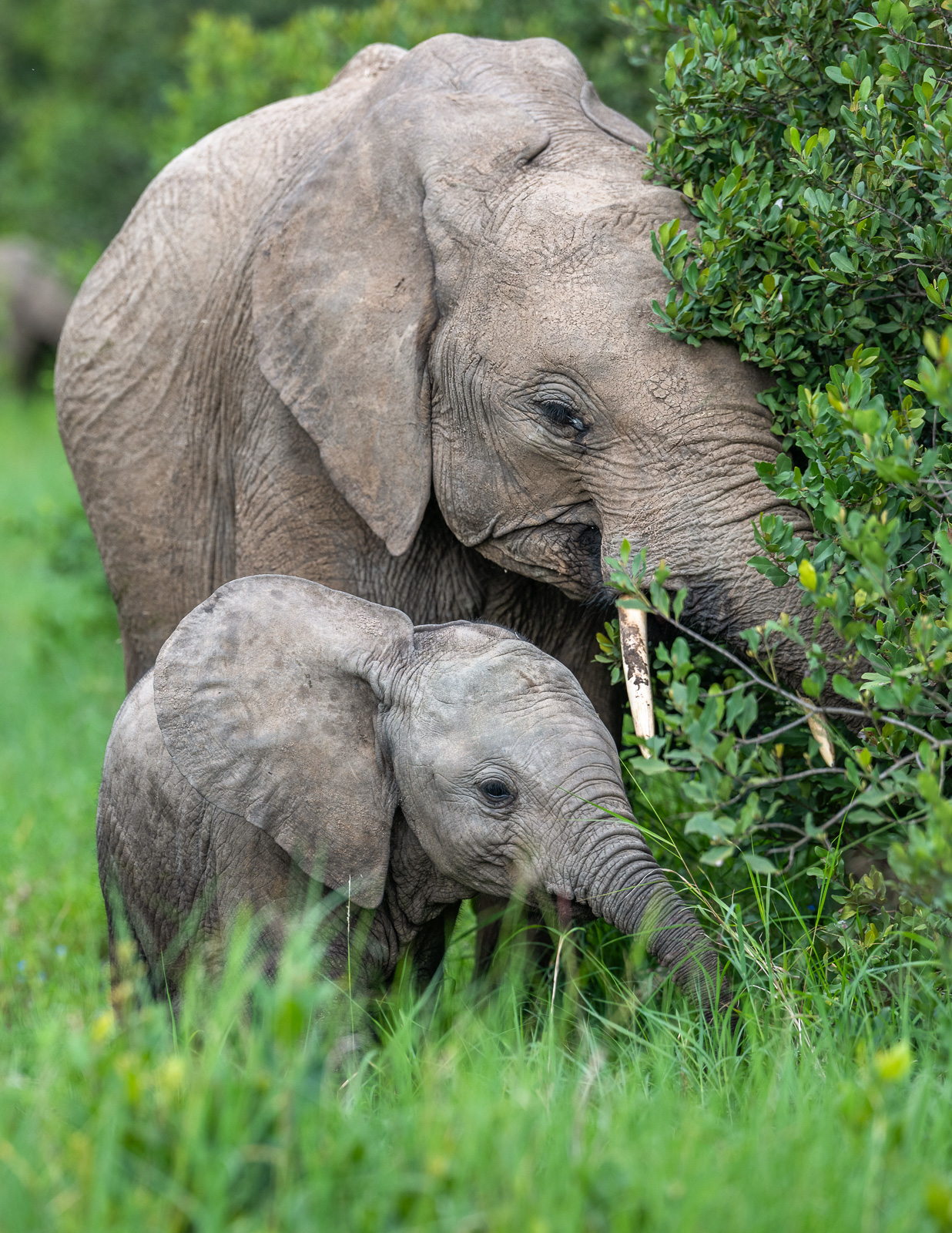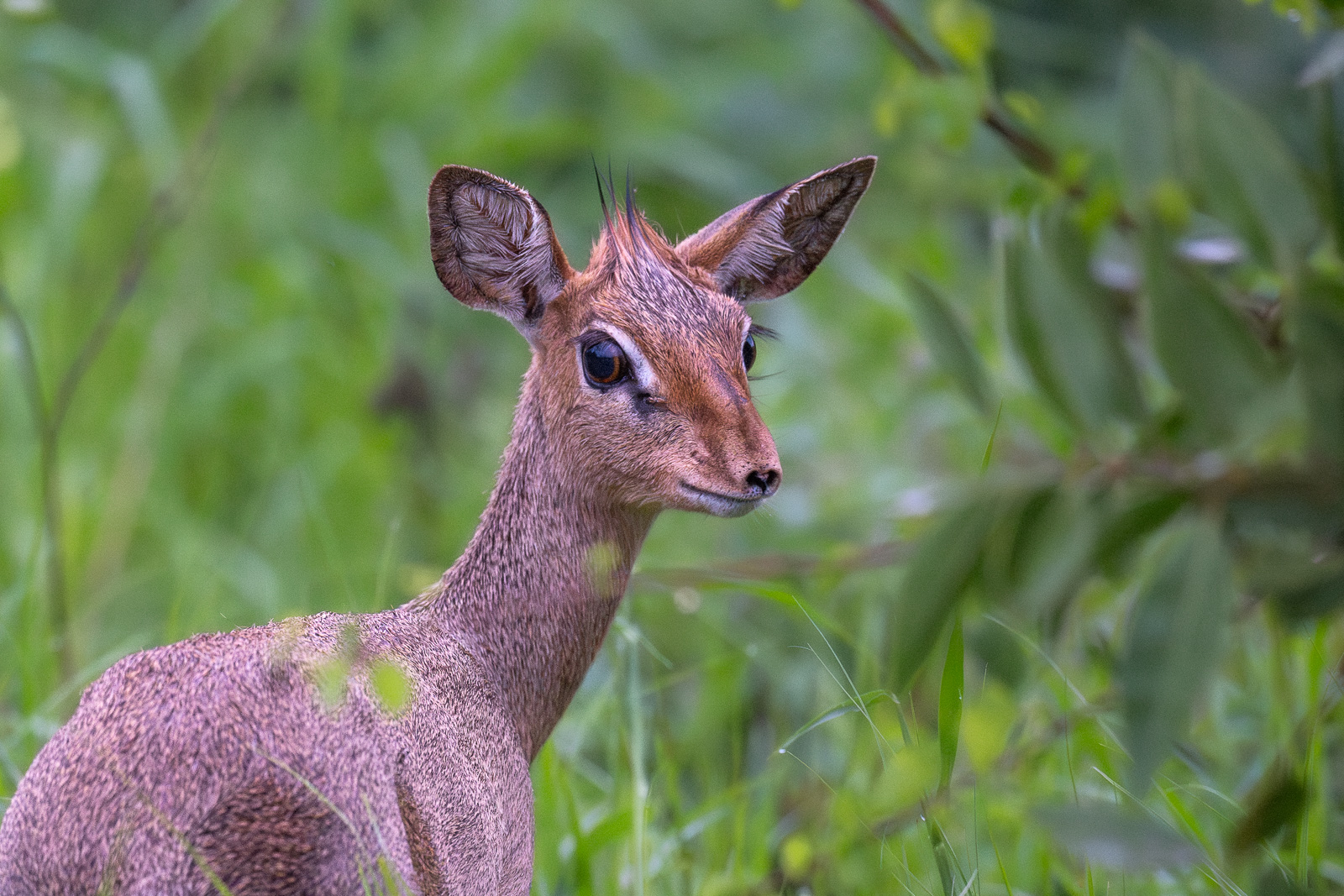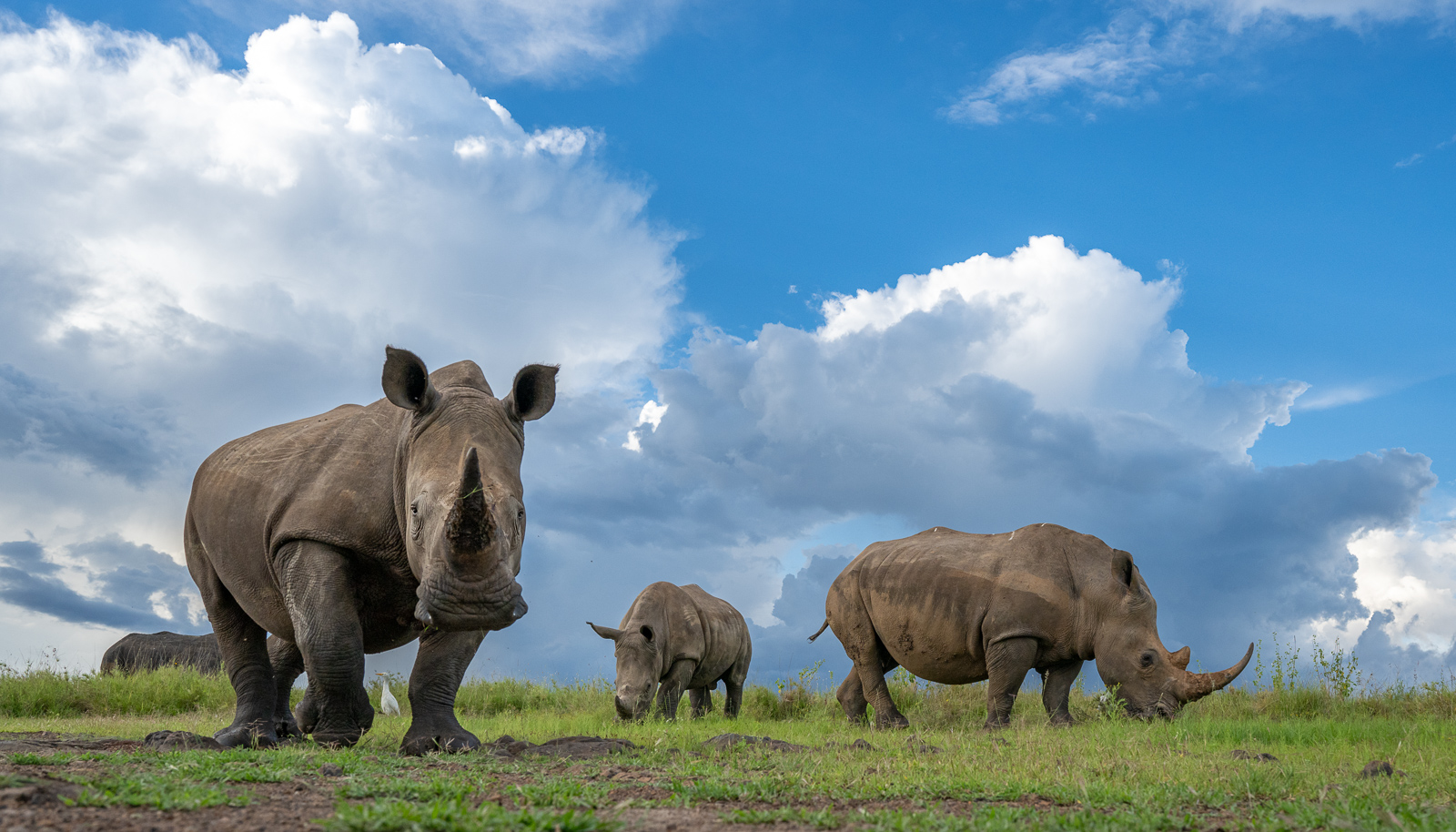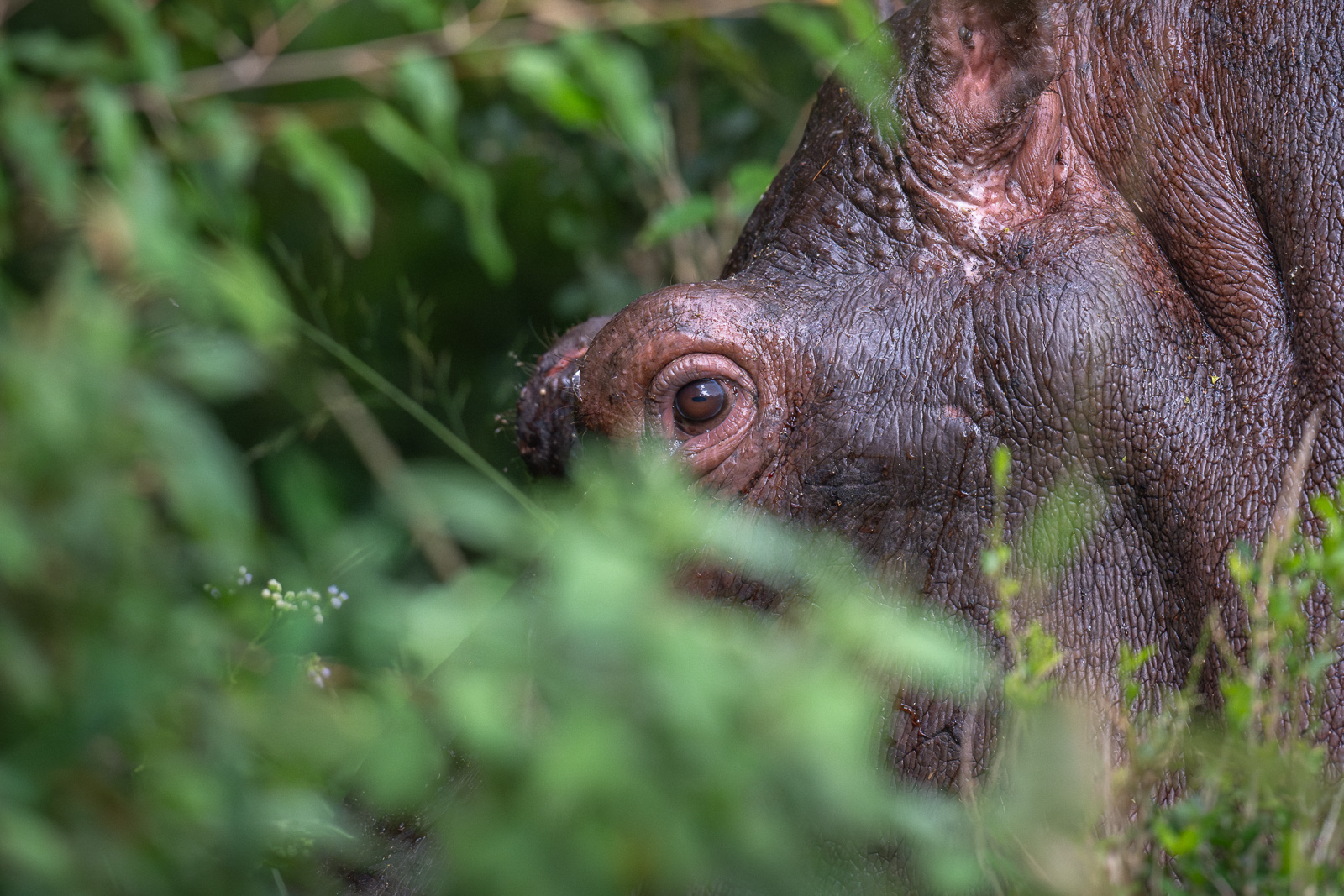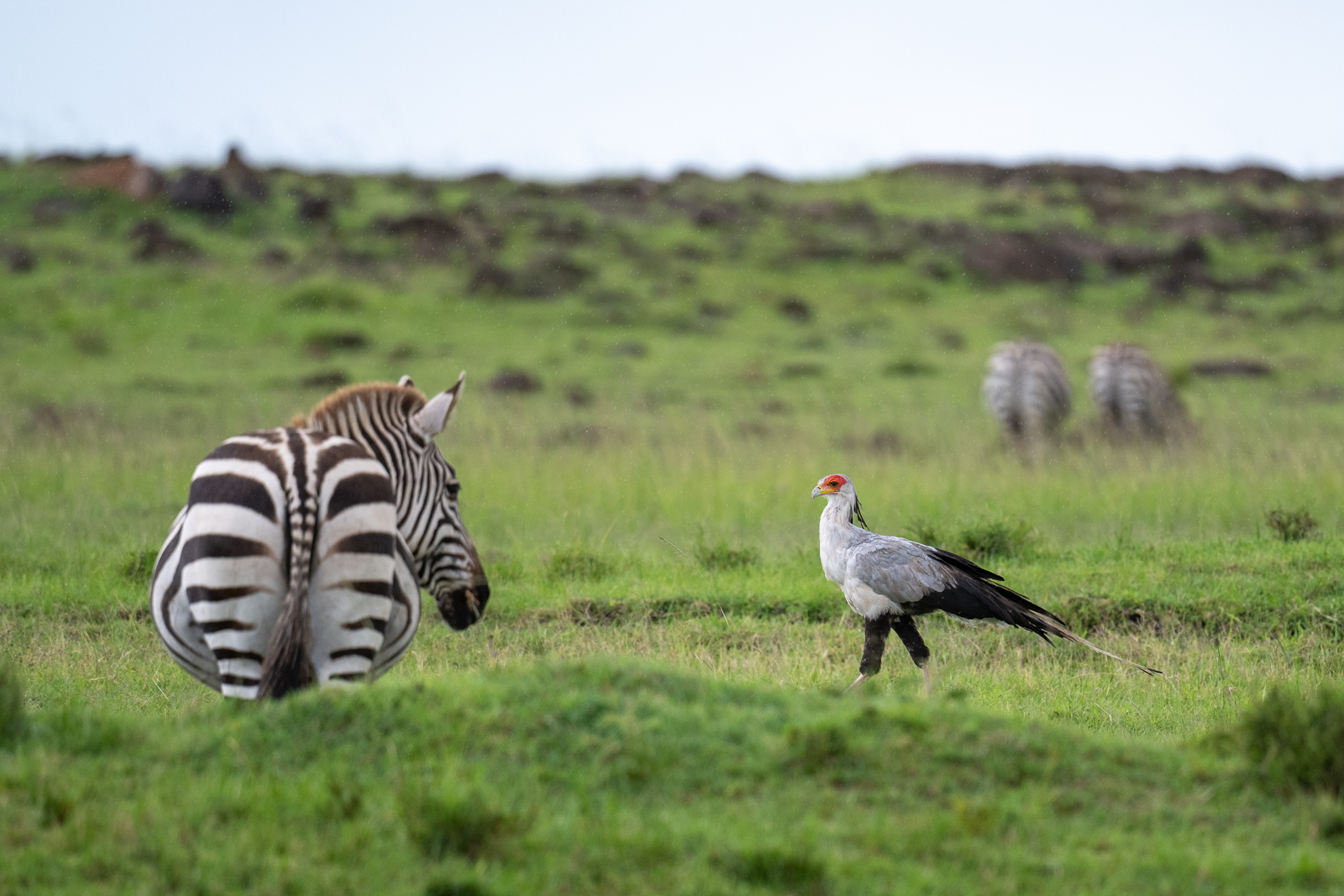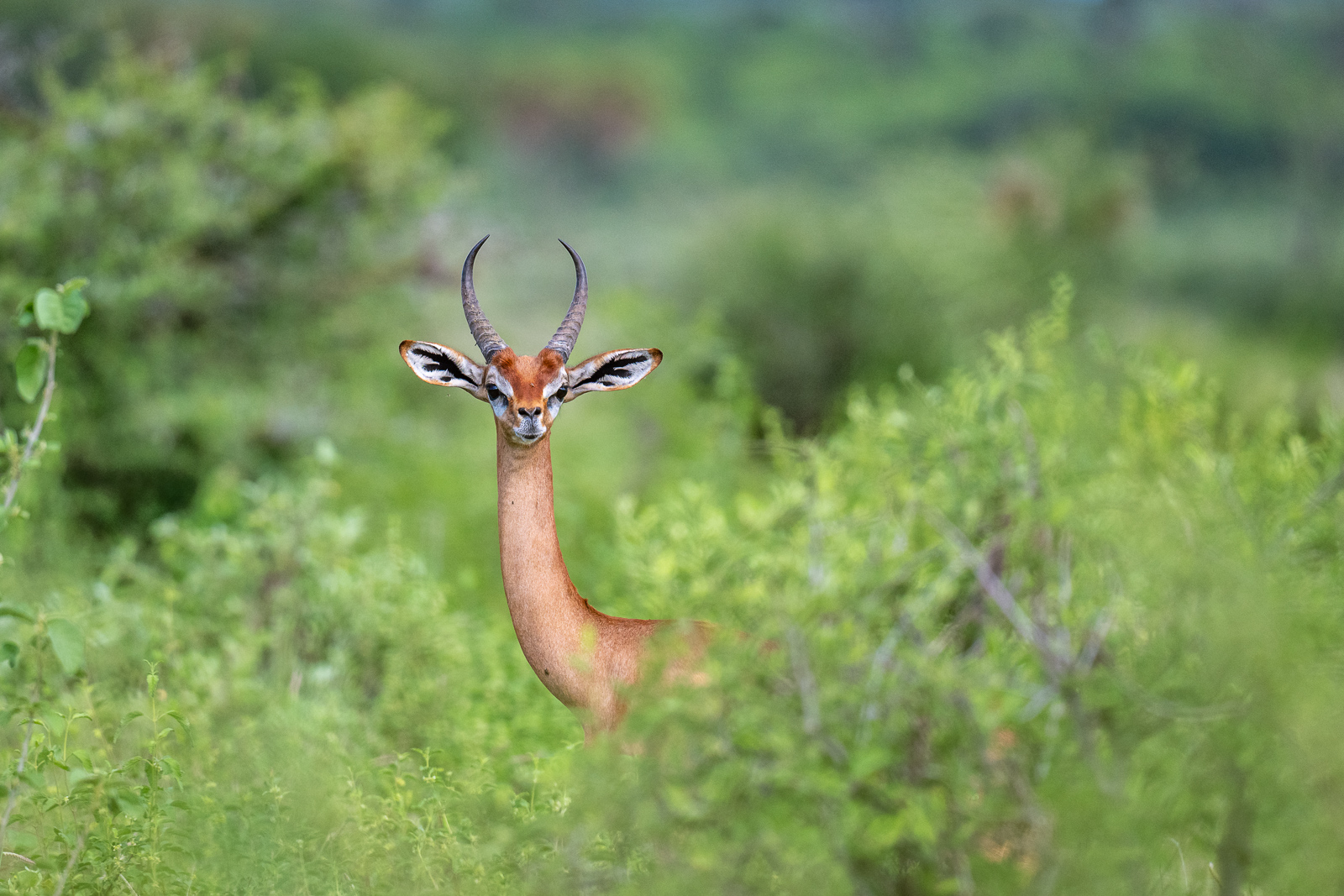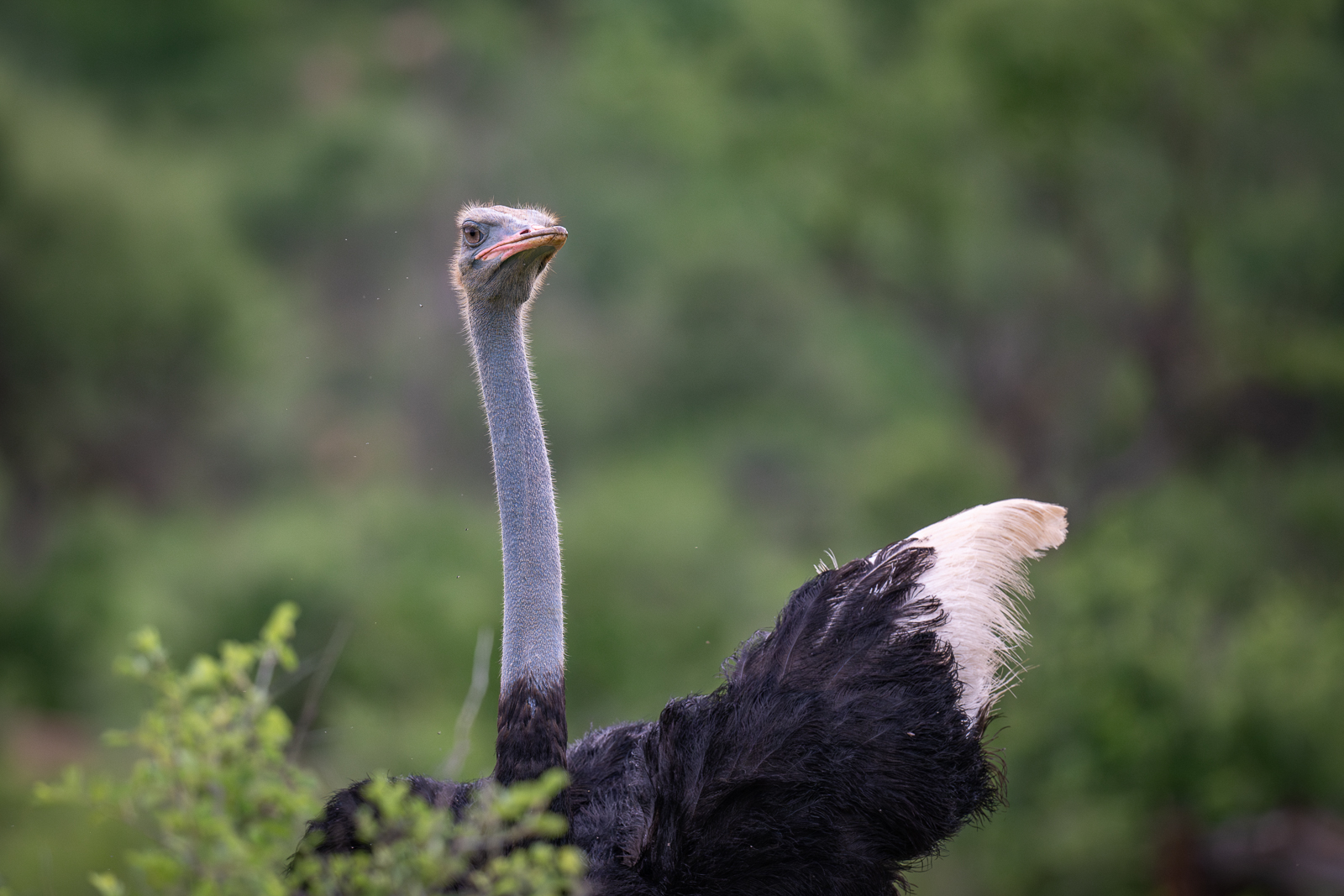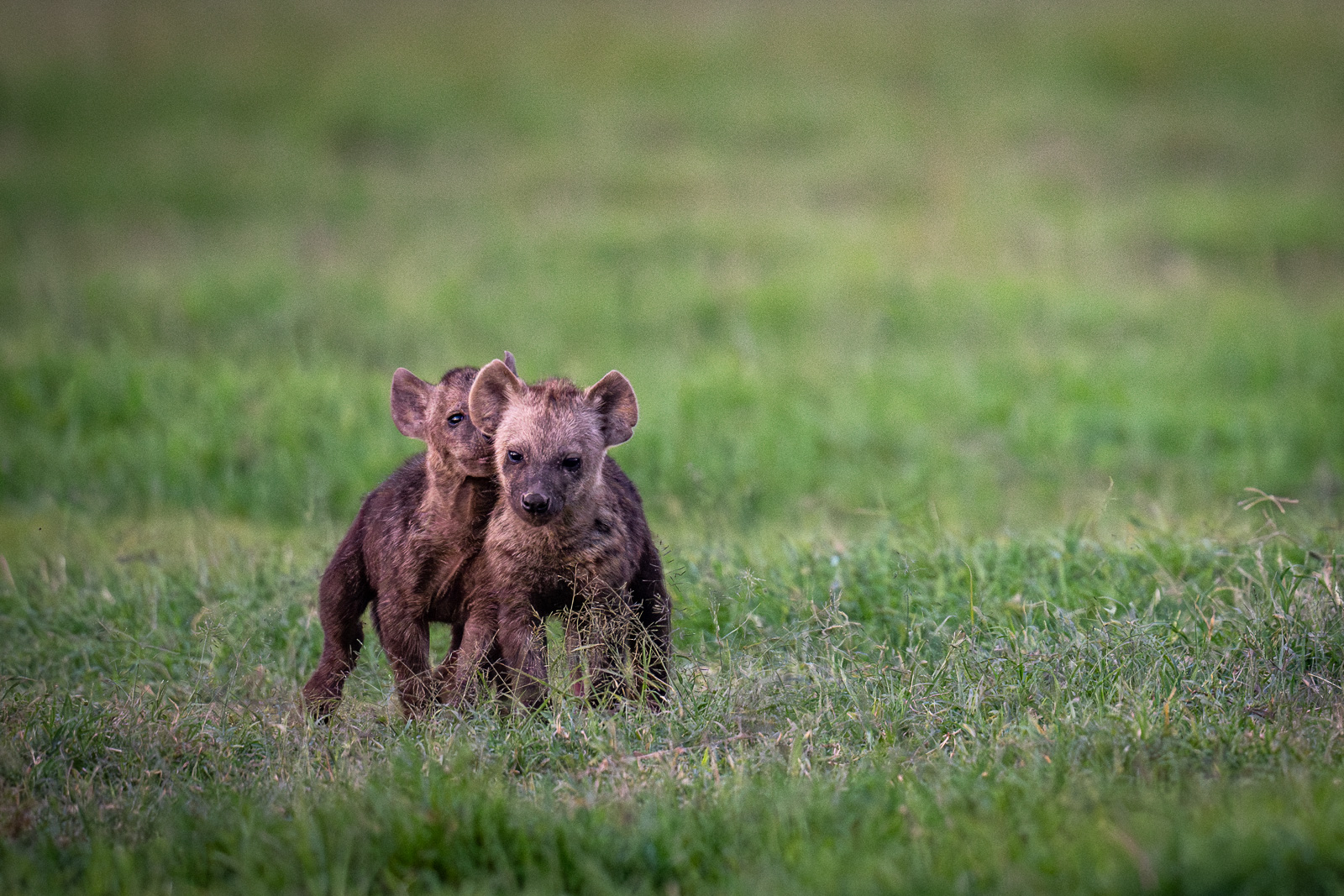Red-Cowled Widowbird
 Once thought to be the same species as the red-collared widowbird, the red-cowled widowbird was given its own designation due to the longer length of the male’s tail and brilliant red plumage around the head during breeding season. It was fun photographing and filming these birds as they flew back and forth trying to impress the ladies with their aforementioned tails and plumage. Taken in the Masai Mara of Kenya.Nikon Z8 with Nikkor 500mm PF lens, ISO 1400, f/5.6 at 1/2500th of a second.
Once thought to be the same species as the red-collared widowbird, the red-cowled widowbird was given its own designation due to the longer length of the male’s tail and brilliant red plumage around the head during breeding season. It was fun photographing and filming these birds as they flew back and forth trying to impress the ladies with their aforementioned tails and plumage. Taken in the Masai Mara of Kenya.Nikon Z8 with Nikkor 500mm PF lens, ISO 1400, f/5.6 at 1/2500th of a second.
Kirk’s Dik Dik
 Dik diks are the smallest of all the antelope species in Kenya. I’ve mentioned it in several previous posts — it’s hard to imagine their size without a frame of reference. To me, they resemble a jackrabbit (in stature not looks) when running across the savanna. This is a Kirk’s dik dik, taking a moment to look back at our safari vehicle and granting me a close up portrait. Of note, that nice flip of hair that looks like it’s been gelled. Nikon Z8 with Nikkor 500mm PF lens, ISO 9000, f/5.6 at 1/200th of a second.
Dik diks are the smallest of all the antelope species in Kenya. I’ve mentioned it in several previous posts — it’s hard to imagine their size without a frame of reference. To me, they resemble a jackrabbit (in stature not looks) when running across the savanna. This is a Kirk’s dik dik, taking a moment to look back at our safari vehicle and granting me a close up portrait. Of note, that nice flip of hair that looks like it’s been gelled. Nikon Z8 with Nikkor 500mm PF lens, ISO 9000, f/5.6 at 1/200th of a second.
White Rhinos
 I guess this is the week for large African mammals. Yesterday it was the hippo, the third largest land animal in Africa by weight. Today it’s the white rhinoceros, the second largest. Only the elephant is bigger. These three were grazing while I carefully set the camera on the ground for a bottom up perspective. Nikon Z8 with Nikkor 24-70mm lens (at 24mm) ISO 450, f/5.6 at 1/1000th of a second.
I guess this is the week for large African mammals. Yesterday it was the hippo, the third largest land animal in Africa by weight. Today it’s the white rhinoceros, the second largest. Only the elephant is bigger. These three were grazing while I carefully set the camera on the ground for a bottom up perspective. Nikon Z8 with Nikkor 24-70mm lens (at 24mm) ISO 450, f/5.6 at 1/1000th of a second.
Secretary Bird and Zebra
 The secretary bird is pretty common on the savannas of sub-Sahara Africa. They look like a raptor on stilts. They are quite large and can grow to over 4 feet tall. This secretary bird was taking a stroll through a herd of zebra at the end of the day in Kenya. Nikon Z8 with Nikkor 500mm PF lens, ISO 450, f/5.6 at 1/800th of a second.
The secretary bird is pretty common on the savannas of sub-Sahara Africa. They look like a raptor on stilts. They are quite large and can grow to over 4 feet tall. This secretary bird was taking a stroll through a herd of zebra at the end of the day in Kenya. Nikon Z8 with Nikkor 500mm PF lens, ISO 450, f/5.6 at 1/800th of a second.
Young Gerenuk
 Always fun to see a gerenuk’s head pop up from behind a bush. This is a young male. He took a moment to check us out before getting back to feeding. Photographed in Samburu National Reserve in the north central region of Kenya. Nikon Z8 with Nikkor 500m PF lens, ISO 800, f/5.6 at 1/2500th of a second.
Always fun to see a gerenuk’s head pop up from behind a bush. This is a young male. He took a moment to check us out before getting back to feeding. Photographed in Samburu National Reserve in the north central region of Kenya. Nikon Z8 with Nikkor 500m PF lens, ISO 800, f/5.6 at 1/2500th of a second.
Ostrich Giving Directions
 We like to add Samburu National Reserve to our Kenya tour itineraries for a chance at species we don’t see in other areas of the country. One of those species is the Somali ostrich. The males have an almost bluish tint to their necks and legs. This big boy was doing a lot of preening and I caught him with one of his wings outstretched as if telling us where to go. Nikon Z8 with Nikkor 500mm PF lens, ISO 2000, f/5.6 at 1/1600th of a second.
We like to add Samburu National Reserve to our Kenya tour itineraries for a chance at species we don’t see in other areas of the country. One of those species is the Somali ostrich. The males have an almost bluish tint to their necks and legs. This big boy was doing a lot of preening and I caught him with one of his wings outstretched as if telling us where to go. Nikon Z8 with Nikkor 500mm PF lens, ISO 2000, f/5.6 at 1/1600th of a second.


